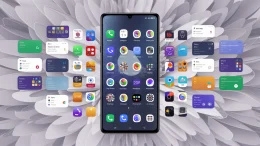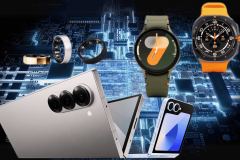If you aren’t yet prepared to toast Google’s hands-free computing efforts by raising a Glass (to your head), you aren’t alone. A gaggle of scrappy companies are rising to challenge Google as the search giant makes a foray into ubiquitous, wearable computing.
See also: Google Glass 2.0 Is Coming—Here’s What Would Make It Incredibly Cool
Google is an early mover in the smart clothing and accessories space thanks to Glass, a computer with a head-mounted display that almost look something like a pair of glasses, but not quite. There are more than half a dozen products with similar functionality already in existence (with more surely on the way).
What does it take to successfully compete with Google in this young space? The functionality packed into version 1 of Google Glass is about what one would expect: the ability to take photos and videos (including live streaming), get directions, speak to send messages, Google search, language translation and more (via apps loaded on the device).
See also: My First 100 Days With Google Glass
Of course, there is one additional area in which all of these products will be competing and in which all, including Glass, need vast improvement: style. For mass adoption to become a real possibility, these products must permanently ditch looking goofy and discover the art of looking good.
So, if you find your reality isn’t quite augmented enough, here are five Google Glass alternatives to stare at and record in your memory (which is perfectly acceptable as long as the blinking red light is clearly visible).
Recon Jet
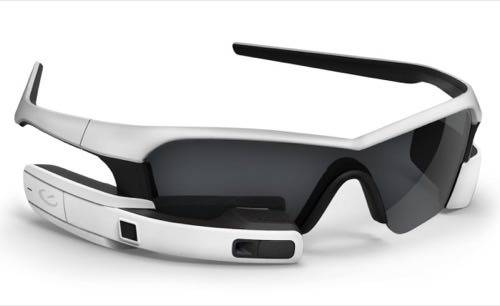
Perhaps the most versatile Google Glass competitor, the Jet by Recon ($599) puts quite a bit of information at the tip of your, er, eyeballs: navigation, weather, social media, SMS, call info, web connectivity and more. With GPS functionality and onboard sensors that measure things like speed, distance and elevation gain, this wearable gadget is unabashedly targeted at the athletic set (as if you couldn’t guess by the design).
Epiphany Eyewear
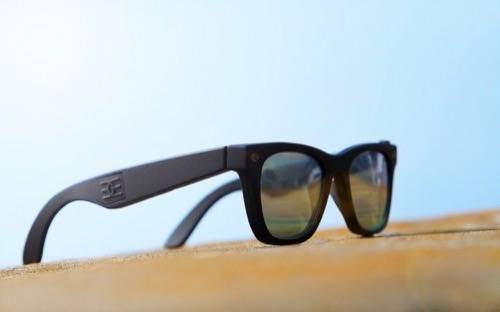
If you are most interested hands-free lifelogging, you’ll be thrilled to peep these smart glasses made by Epiphany Eyewear ($299-499). These frames are much simpler than either Google Glass or the Recon Jet as they are focused on doing one thing really well: video. Available in 8-, 16- and 32-GB models, these smart glasses will start recording video by pressing the tactile “on” button found on the right-side of the frames.
GlassUp
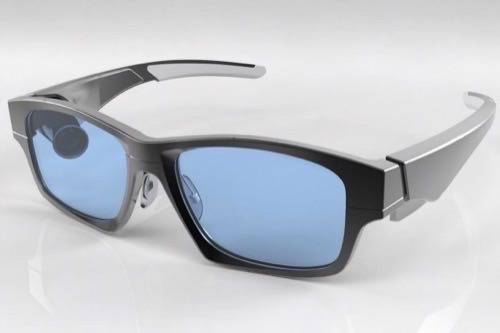
I hate to say this about something that I know people have worked hard on, but the current version of GlassUp ($299-399) looks incredibly dorky and I can’t imagine anyone wanting to put them on their face no matter what sort of technology comes with it. That said, with a bit of finessing, the ability to read texts and emails, tweets, Facebook updates and other social cues could make GlassUp a viable Glass alternative.
Vuzix M100 Smart Glasses
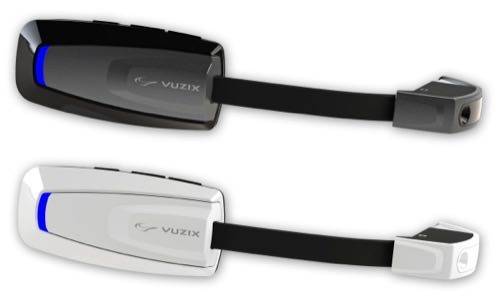
The Vuzix M100 Smart Glasses ($TBD) are described by the manufacturer as a smartphone on your head. The augmented reality display overlays a mobile phone-sized virtual screen in the wearer’s field of vision to allow users to interact with the interface in a hands-free manner. Since these smart specs run on Android, there are apps for text, audio, video, email and directions.
Telepathy One
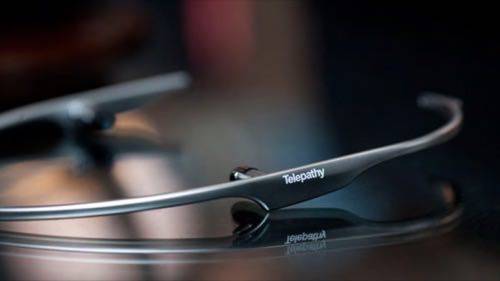
While not much is known about the exact functionality this device could offer if and when it launches, the Telepathy One ($TBD) seems to be geared toward enhancing social connectivity. According to the product’s website, the device “is equipped with a micro camera, a micro-projection unit, and a wireless communication module, and projects steady visual information on the user’s virtual display.”
As imperfect as Google Glass may seem at times, at the end of the day you may decide there isn’t really an all-encompassing alternative.
The Recon Jet does a lot, but is geared more toward the bicycle-riding variety of bipeds than the rest of the world’s population. The smart glasses from Epiphany Eyewear only record and broadcast video. GlassUp out-uglies Glass in an almost impressive fashion. The M100 from Vuzix doesn’t really seem to be geared toward consumers. Finally, the Telepathy One, whose frames rest in-ear, seem unlikely to become a hit without a significant redesign.
Lead image by Taylor Hatmakers for ReadWrite
